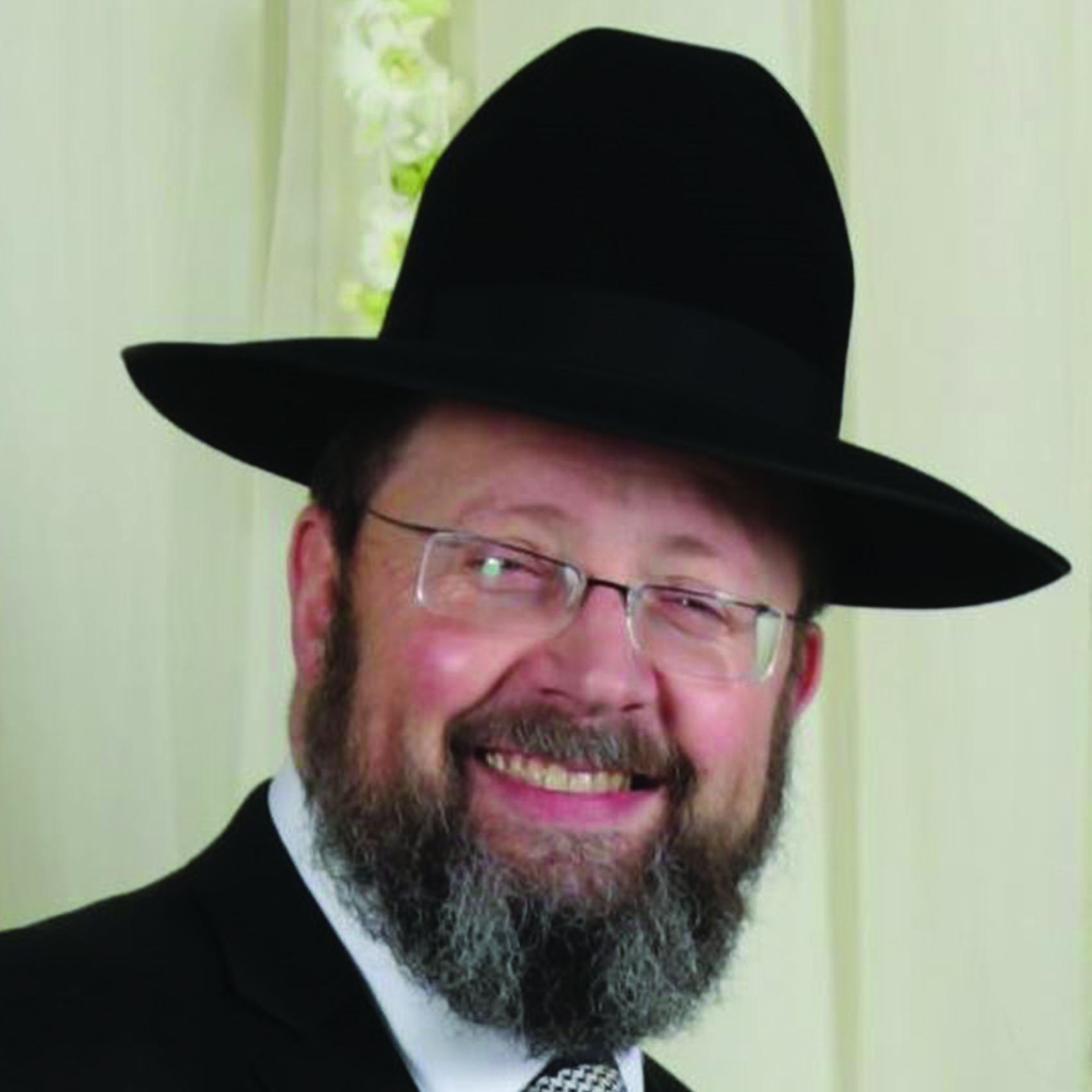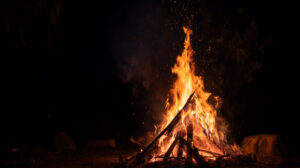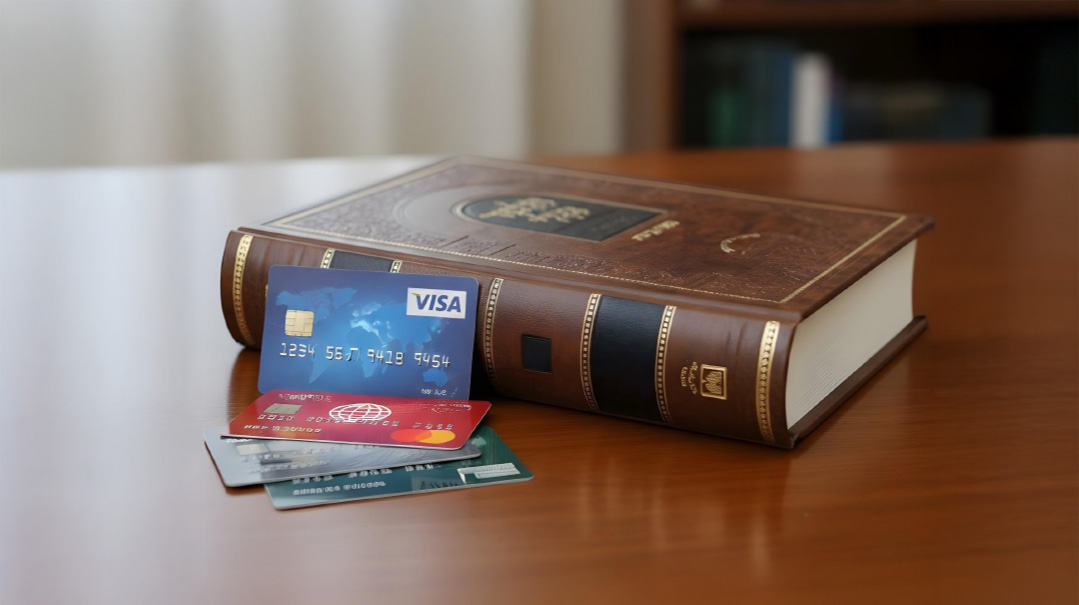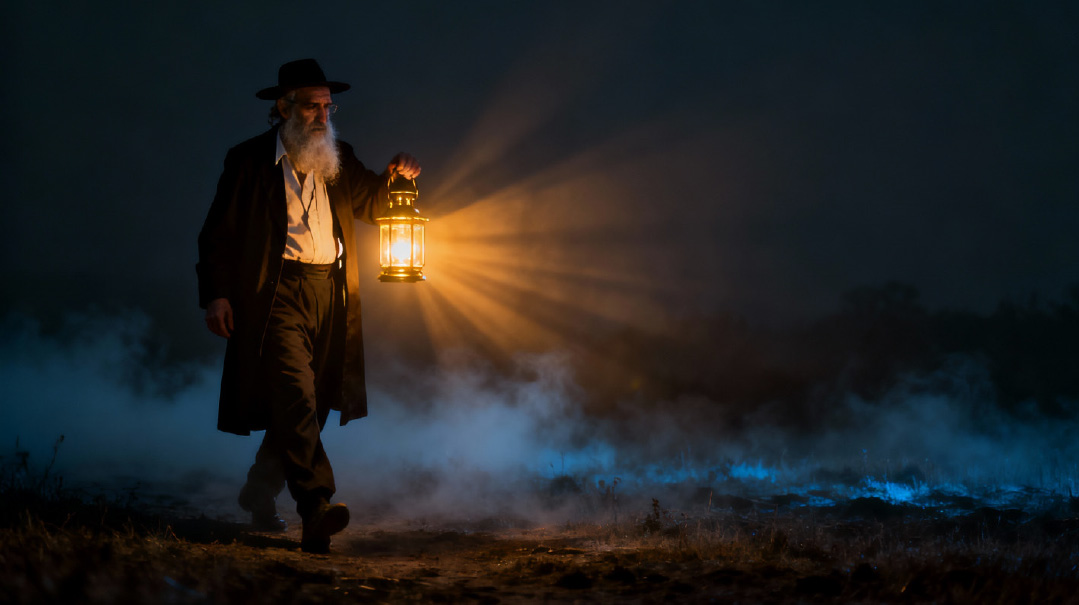Sweeter Together

Without a support system, a tzibbur, religion gets stale fast. Why?
Last week, I had a phone conversation with a devastated young bochur, Shua Pariser, whose family davens in my shul. Shua is currently learning in Eretz Yisrael, and this past year he learned three sedorim a day in MTA with Donny Morris, one of the pure souls who lost his life in Meron.
Shua told me how he had planned to spend Shabbos parshas Emor together with Donny in yeshivah… plans that were not meant to be. Shua had instead delivered two hespedim about his best friend, one at the Kosel and the other in yeshivah, extolling the niftar’s incredible middos and simchas hachayim.
I listened quietly. We started talking about what to do l’zecher nishmaso, and I shared my thoughts, summoning a pasuk from Tehillim.
“Asher yachdav namtik sod, b’bveis Elokim nehaleich b’ragesh — For together we will sweeten the mystery; in the house of Hashem we walk with emotion” (Tehillim 55:15).
Life is always a mystery, but in times of tragedy, of hester panim, the mystery is all the more intense, and all the more unsettling. But we can sweeten that bitter mystery when we are in Hashem’s house, yachdav, together — b’ragesh, walking inspired.
Let me explain. Many Litvaks — including myself, I must admit — have rolled our eyes when hearing about the tens of thousands who go to Uman for Rosh Hashanah, Kerestir or Mezhibuzh for the yahrtzeit… or, for that matter, Meron for Lag B’omer. During my yeshivah days some 35 years ago, bochurim did not go, for as Rav Gershon Eidelstein recently said, that is not our mesorah.
Indeed it is not. But it certainly is the mesorah of the Sephardim and chassidim, and over time more and more of the general population have joined as well.
The cynic may say these people are only going for the experience, and that may be true for a percentage of the olam, but certainly not for all. So many go to connect to the power of a tzaddik, to the “father” of Toras hanistar, during an auspicious 24-hour period.
But even those who do go for the experience — or the singing — find the experience transformative. For there is undoubtedly a power in making a pilgrimage to a makom kadosh, in spending time with thousands of other Yidden for a davar sheb’kedushah. The location can be a backwater village in Ukraine or Poland, Meron or Citifield. The pilgrimage, and the fusion of thousands and thousands of Yidden to serve Hashem, is an incredibly powerful experience. “B’makeheilos barchu es Elokim — Bless Hashem in a multitude.” There is a power in that.
How does it work? Why is it inspiring?
I once heard a beautiful thought about the mekallel, the person who cursed Hashem and was then put to death (end of parshas Emor). We never find out his name. All we know is that Mr. Anonymous was a product of a Jewish mother and a non-Jewish father, and, as such, he was not part of any camp. He tried to join his mother’s shevet but was rejected. He reacted by ridiculing the Lechem Hapanim — in his words, the stale bread that sat on the Shulchan for a week before it was eaten. Why did he choose that of all things to ridicule? Even more, Chazal tell us that it miraculously remained fresh!
Picture this. A sincere, inspired Jew is looking for employment and finds the perfect job in a suburb in Montana. There’s not a frum Jew around for thousands of miles. How long will this person’s connection to Yiddishkeit remain fresh and vibrant? Unless he is an angel (or a shaliach on a mission) — not long at all.
Without a support system, a tzibbur, religion gets stale fast. Why?
Because things remain fresh only when they are connected, or at least close, to the source of their existence. Mayim chayim, spring water, is called “living water” because it is connected to its source. The source of bread is the oven. Time distances it from its source, and it becomes stale… unless it is in the Mishkan, where the power of time is diminished.
Mr. Anonymous was isolated, and thus uninspired, the walking dead. The freshness of the Lechem Hapanim did not resonate, and so he cursed it and the very day he was born.
The source of our Yiddishkeit is our collective experience as a tzibbur at the foot of Har Sinai. Ein hatzibbur meisim. A congregation never dies, because it is not about the individuals; it is about the collective — and that is eternal. Whenever we congregate with other Jews, we are connecting to our point of origin. We are resetting our link to the tzibbur that was forged at Sinai, and we emerge rejuvenated and refreshed. The greater the tzibbur, and the more effort invested into the experience, the more vibrant and alive we feel.
The kedoshim in Meron had made that pilgrimage to experience their Yiddishkeit as a pulsating, animated life force, to connect to their source. L’zecher nishmasan, let us carry on their final mission… to make our Yiddishkeit more alive, more dynamic, to seek means of infusing it with energy and life.
Let me think big.
After the Siyum HaShas, how many of us wondered aloud: Why wait seven and a half years to join together and daven k’ish echad? Why indeed, should there not be every Lag B’omer, l’zecher nishmasan, a gathering where Klal Yisrael joins together to proclaim “Hashem Echad”… to go into Shavuos, the source of our life, with a pulsating, vibrant feeling of being an Am Echad?
Let us be mamtik the sod and invigorate our Yiddishkeit… until such time when we will be oleh regel, and yachdav, together, walk b’Beis Elokim.
Rabbi Avrohom Neuberger is the rav of Congregation Shaarei Tefillah of New Hempstead and the author of Positive Vision, a Chofetz Chaim Heritage Foundation project (Artscroll\Mesorah)
(Originally featured in Mishpacha, Issue 860)
Oops! We could not locate your form.












